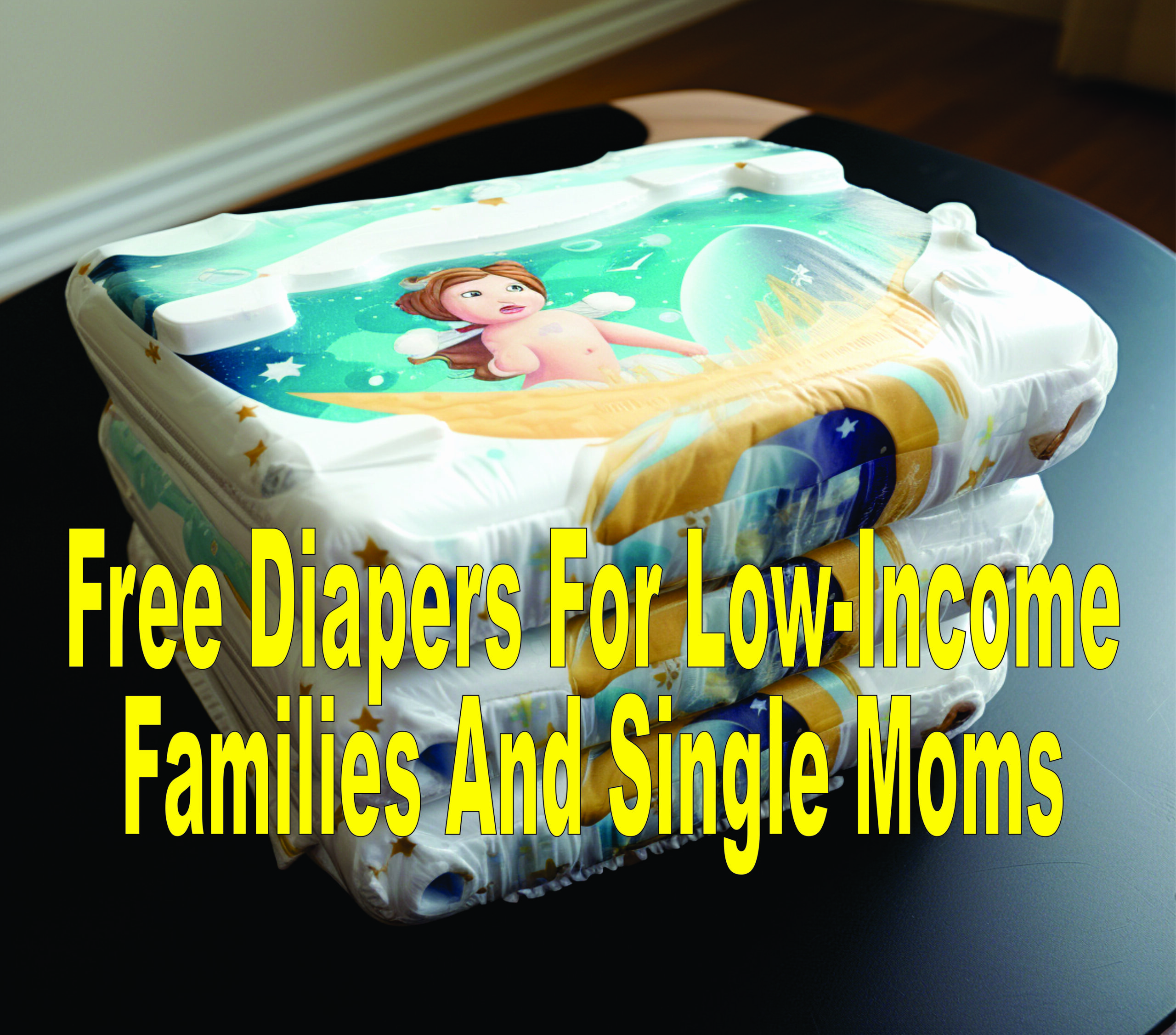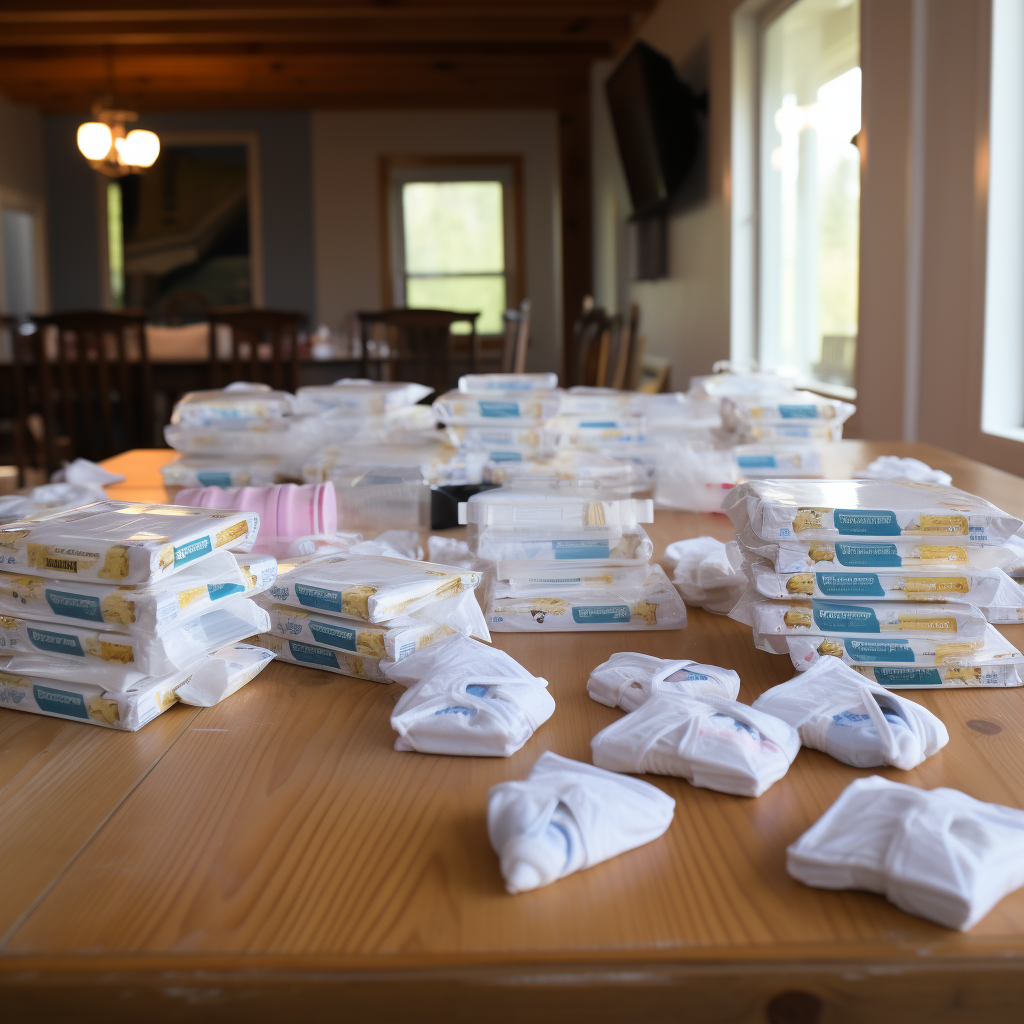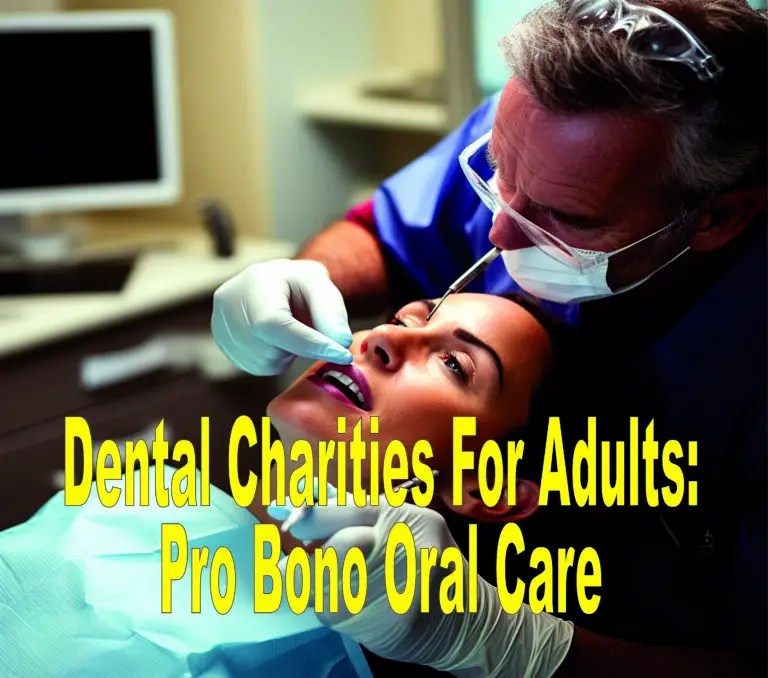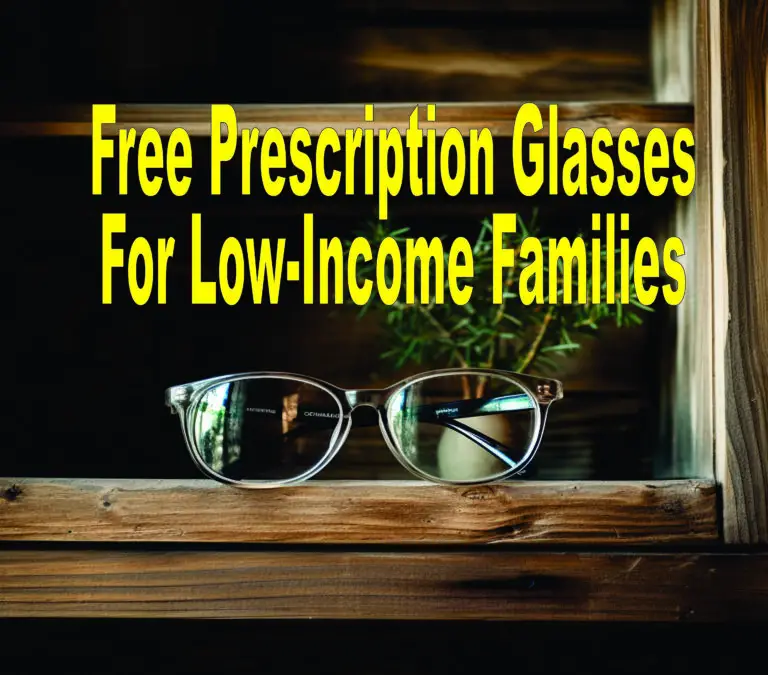Free Diapers For Low-Income Families And Single Moms

Last Updated on January 29, 2024 by Lori Pace
You are not the only one who has difficulty providing diapers for your child. Recent research has shown that “diaper needs” is a problem in 1 out of 3 American families. A child’s diaper need can be defined as the inability to provide enough diapers for their infants or children to stay clean, dry, and healthy. A lack of diapers can also be considered a social factor that impacts the health of children and their families. A lack of diapers can also lead to food insecurity. However, there is no need to make a choice between providing basic necessities and diapering your child. Diaper banks, food banks, or community organizations can provide diapers for free.
How Many Diapers Should You Have On Hand For A Newborn?
You can expect to change the diapers of your newborn between 8 and 12 times per day as a parent. You will quickly realize how vital it is to keep a steady supply of diapers. This is equivalent to between 56 and 84 diapers per day. This is an average of 70 diapers per week.
One box of 140 disposable diapers would last for about two weeks. A box of 140 diapers in newborn-size is available from a popular brand for $43. A box of 252 diapers in newborn-size is available from another brand for $58. This brand is marketed as a “up to one month supply”.
Diapers can be costly for many parents. A lack of diapers can affect a parent’s ability and motivation to work. Child care providers often ask parents to provide enough diapers for every day.
What Programs Are Available To Help Parents Get Free Diapers?
While federal assistance programs such as the Special Supplemental Nutrition Program for Women, Infants and Children (WIC), and the Supplemental Nutrition Assistance Program(SNAP) can help families in food insecurity, they cannot be used for diapers.
Many families who receive federal assistance don’t have enough money to purchase diapers, and they often turn to nonprofits for help.
National Diaper Bank Network
a non-profit organization dedicated to eliminating diaper shortages in the U.S. This network includes over 225 community-based diaper bank branches that collect, store and distribute diapers free of charge to families.
Huggies
Was a founding sponsor for NDBN. It donates more that 20 million diapers each year to its member diaper banks. The NDBN and its partner organizations serve almost 280,000 children each month. To find a diaper bank member near you, visit the NDBN directory.
Other Free Diapers Assistance For Your Family
- Local food banks
- Religious organizations such as Catholic Charities USA
- Community-based programs include the Moms Helping Moms Foundation New Jersey, the Essentials4Babies mobile pantry and emergency pantry in South Florida and the Mother To Mother in Nashville.
- The National Diaper Bank Network has members who are affiliated with other organizations that offer a wider range of items for infants and older children, such as the Baby2Baby National Network in Los Angeles, which is available in 40 U.S. towns.
Diapers or incontinence products may be required for an older person than a baby. This could include children with medical conditions. Diaper banks often have diapers that are suitable for both older children and adults with incontinence. To find out which items are available, contact the nearest diaper bank.
Medicaid Coverage
Medicaid covers diapers for toddlers, older children, and adults with incontinence. Your healthcare provider must decide that diapers are medically required to get you free diapers. If you’re looking for Medicaid coverage for diapers, there are some details that you should be aware of:
- Children and adolescents aged under 21 who are eligible for Medicaid can receive the Periodic and Early Screening, Diagnostic and Treatment benefit to cover diapers and incontinence treatment.
- Children over 3 years old and 4 with medical conditions like cerebral palsy can receive incontinence supplies through the EPSDT program. Each state has its own details.
- Discuss with your healthcare provider the documentation that you will need in order to obtain free diapers.
- You can also get help from many mail-order companies that supply healthcare supplies.
While most state Medicaid programs cover bladder-control and incontinence products for adults, this is an optional benefit that adults can choose to receive. To access these products, you will have to be diagnosed with incontinence.
How Does A Diaper Bank Work?
Diaper banks collect diaper donations from families and give them away for free. Some sites require income, while others don’t.
Some diaper banks offer more formal programs such as the Los Angeles Regional Food Bank which provides 40 diapers per child each month to families. The Texas Diaper Bank, based in San Antonio, reserves diapers, wipes and other healthcare products for families living in low-income areas in more than one dozen counties. This ensures that resources go to children in greatest need.
You can call your local diaper bank before you go to confirm that they have the size of your child’s diaper in stock. Contact your local diaper bank to find out more about how you can receive diapers for free.
Where Do I Look To Get Free Diapers And Formula In My State?
There are diaper banks that are members of the National Diaper Bank Network in all 50 states as well as Puerto Rico. This network also includes nonprofits and community organizations that provide essential baby products, such as diapers.
To find a diaper bank close to you, you can check the NDBN directory. Ask if they offer other essentials like formula and wipes. You can also ask for free diapers at:
- The pediatrician may be able to provide diaper samples for parents who are in dire need
- Health departments at the state and local level
- Social service agencies
What Is A Diaper Allowance?
Families with low incomes can receive financial assistance from their state’s Temporary Aid for Needy Families program. TANF provides cash assistance to cover food, clothing and other necessities, as well as medical supplies that are not covered by Medicaid. TANF can be difficult to purchase diapers for families that receive it.
The federal government grants TANF funding to states as a lump sum. This means that each state can use the money in a variety of ways to help families. Some states provide diaper allowances. CalWorks’ TANF program in California allows eligible families to receive a $30 diaper allowance for each child younger than 3 years.
For more information on TANF programs in the United States, visit the U.S. Department of Health & Human Services. Tribal TANF programs are operated by American Indian tribes and Alaska Native tribes and groups of tribes.
What Are Some Tips For Getting Free Sample Diapers?
Sign up for rewards programs to receive free samples or discounts from many diaper brands. Here’s a list of popular diaper brands you can connect with.
Other brands offer free samples, but you must pay shipping. Follow diaper brands on Instagram, Facebook and other social media platforms. To request a diaper sample, you can contact them directly by messaging.
How Can I Get A Free Baby Box?
When you register for a baby, many retailers will offer you a free box or bag with goodies. You can get essential items for your baby such as:
You may also receive product coupons in addition to your free gifts. These retailers offer new families a free goody bag or baby box without any additional shipping or purchase.
To help cut down on future costs, diapers can be added to your baby registry.
Where To Go If I Want To Donate Diapers To A Local Organization?
To donate diapers to a local diaper bank or to make a financial gift, visit the Diaper Bank directory. You can also give diapers to local food banks that distribute diapers, or you can specify that your financial gift is for diapers.
Local diaper banks depend on donations from people like you to help them serve their communities, despite the support of corporate sponsors and diaper companies.







